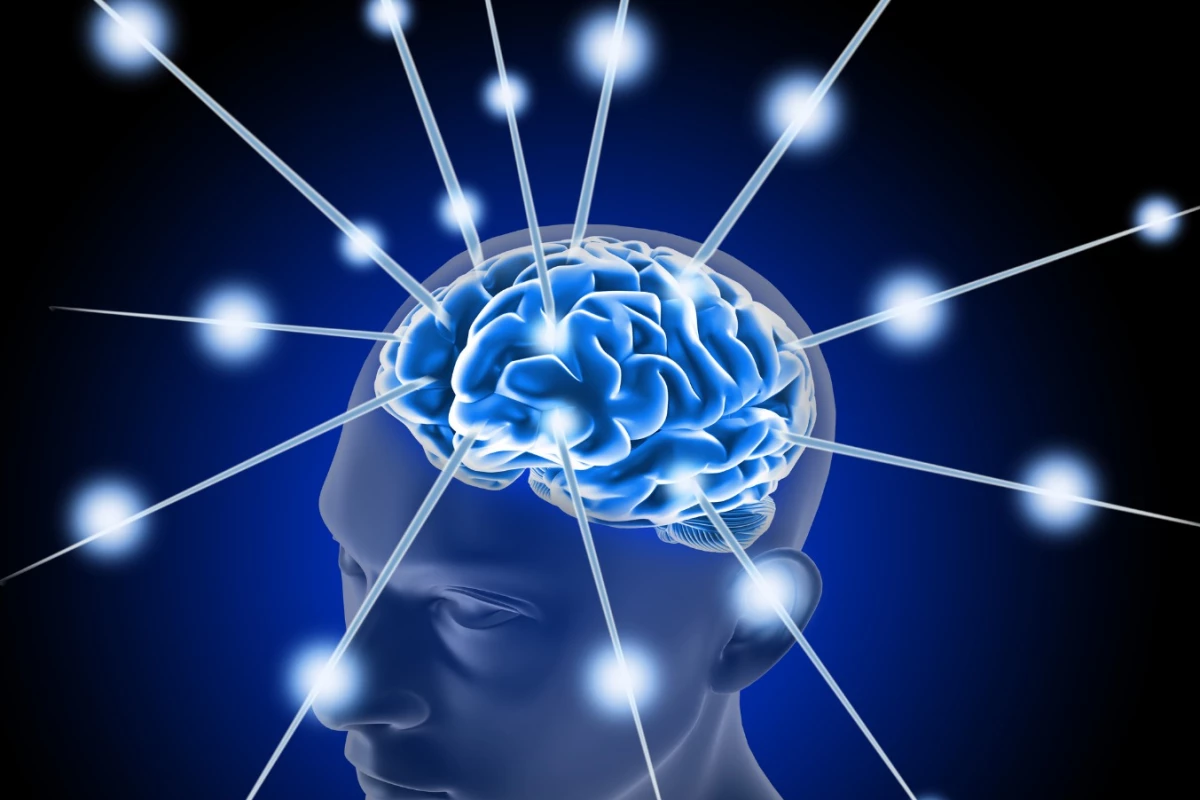An extraordinarily promising new technique using ultrasound to clear the toxic protein clumps thought to cause dementia and Alzheimer's disease is moving to the first phase of human trials next year. The innovative treatment has proven successful across several animal tests and presents an exciting, drug-free way to potentially battle dementia.
The ultrasound treatment was first developed back in 2015 at the University of Queensland. The initial research was working to find a way to use ultrasound to temporarily open the blood-brain barrier with the goal of helping dementia-battling antibodies better reach their target in the brain. However, early experiments with mice surprisingly revealed the targeted ultrasound waves worked to clear toxic amyloid protein plaques from the brain without any additional therapeutic drugs.
"The ultrasound waves oscillate tremendously quickly, activating microglial cells that digest and remove the amyloid plaques that destroy brain synapses," explained Jürgen Götz, one of the researchers on the project back in 2015. "The word 'breakthrough' is often mis-used, but in this case I think this really does fundamentally change our understanding of how to treat this disease, and I foresee a great future for this approach."
Since then, the team has worked to further test and refine the technique, successfully proving the treatment both clears toxic proteins and restores memory function safely in several different rodent models, including an older mouse model designed to resemble human brains of 80 to 90 years old.
The new announcement regarding the upcoming move to human trials is underpinned by a large funding injection from the Australian government helping accelerate the treatment's development. The first stage is a phase 1 safety trial, kicking off later in 2019, to explore the safety profile of the treatment in human subjects suffering from Alzheimer's disease.
In practical terms, the treatment is still probably close to a decade away from real-world clinical applications, and that would be assuming everything is successful between now and then. However, if this technique proves effective it could present an incredibly simple way for dementia to be treated. In an interview with ABC News in Australia, Jürgen Götz envisages a future where small, personal ultrasound devices could be rolled out for people to use in almost a preventative way.
"The goal, long-term, is to come up with an affordable, portable device, which would help the millions of Alzheimer's patients in our country and worldwide," says Götz.
Source: University of Queensland




